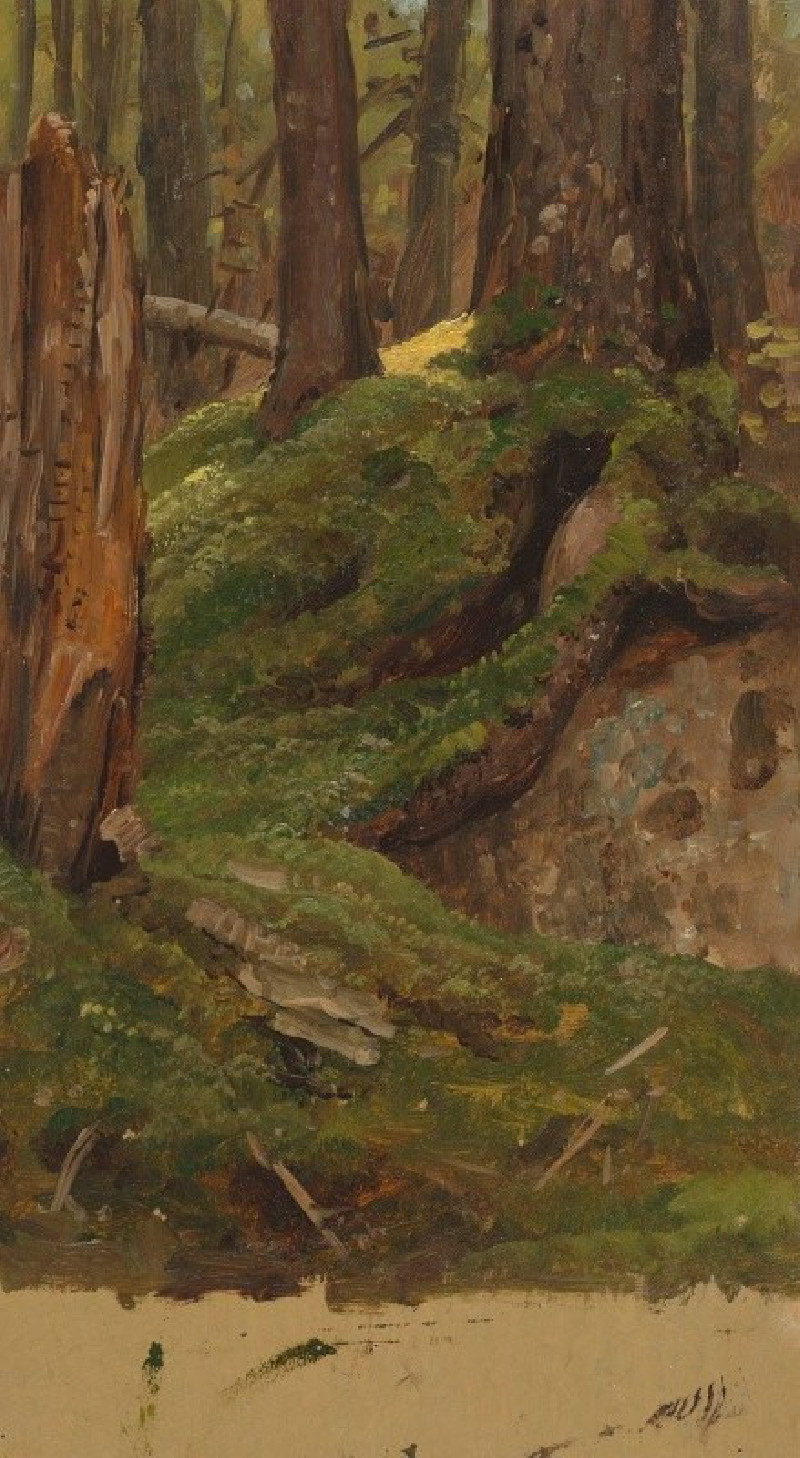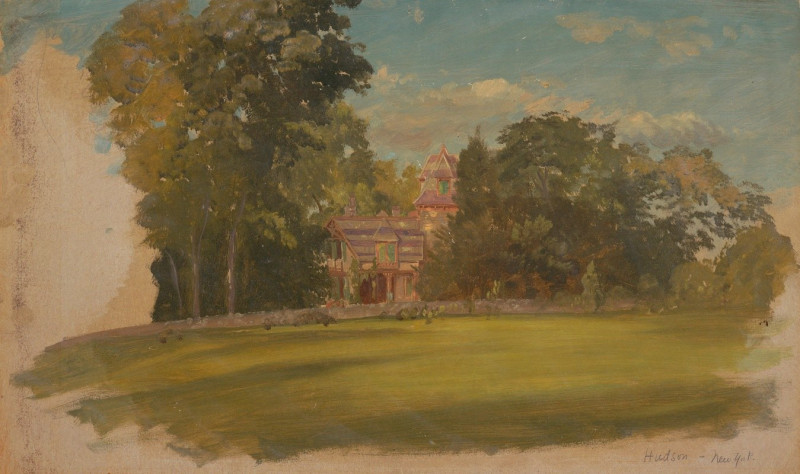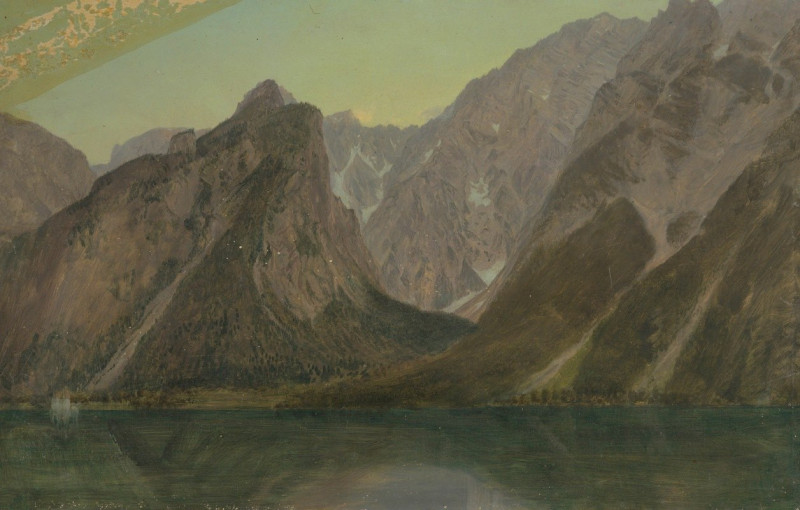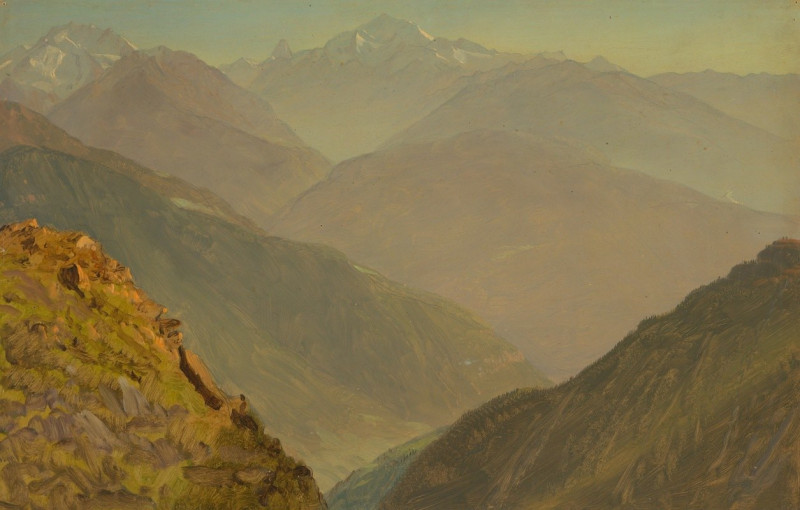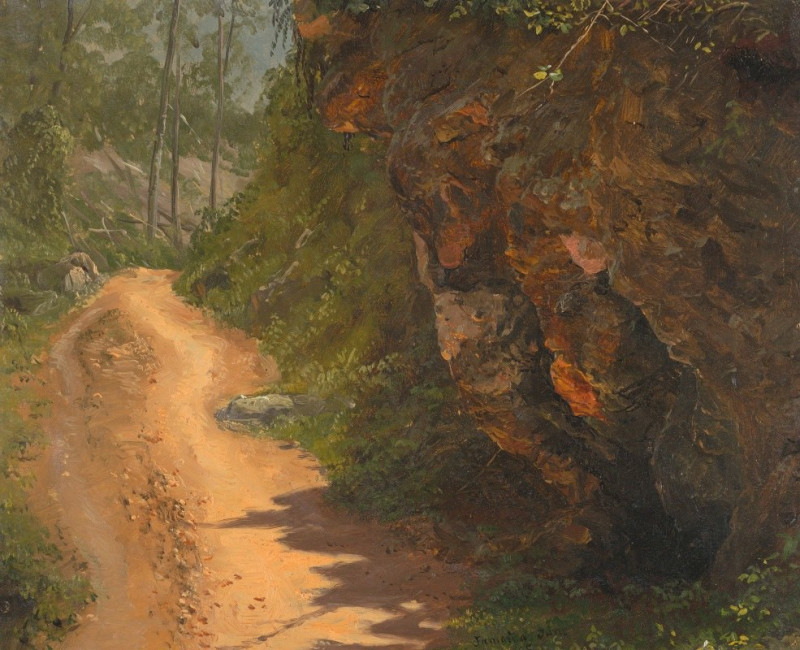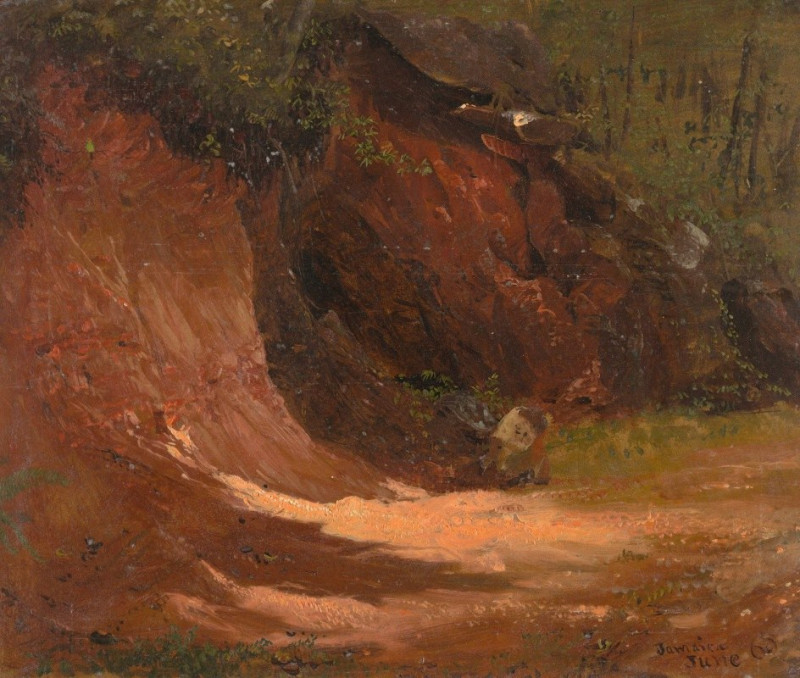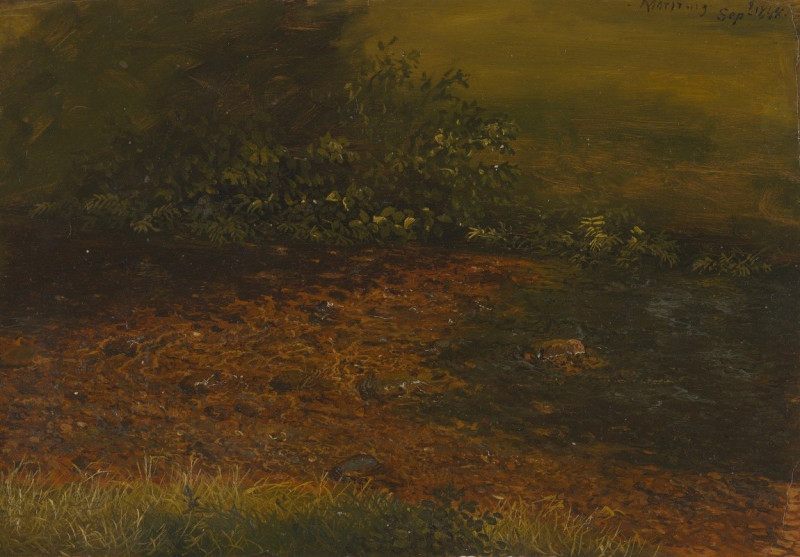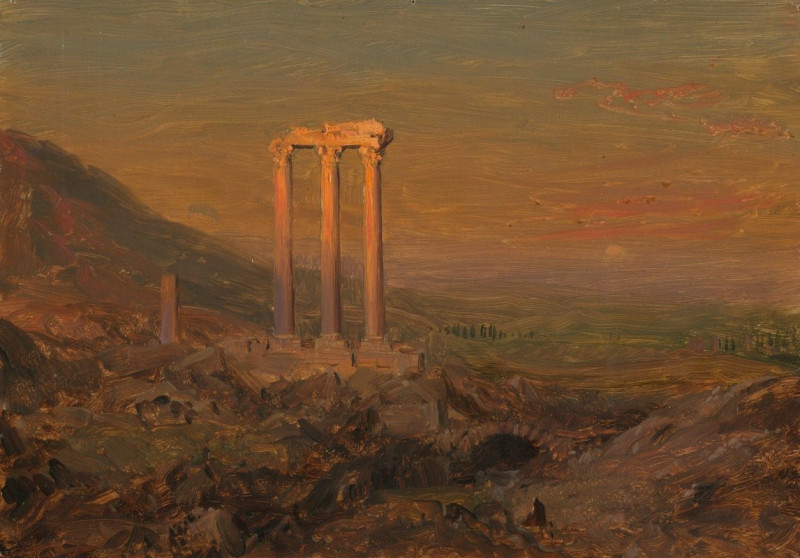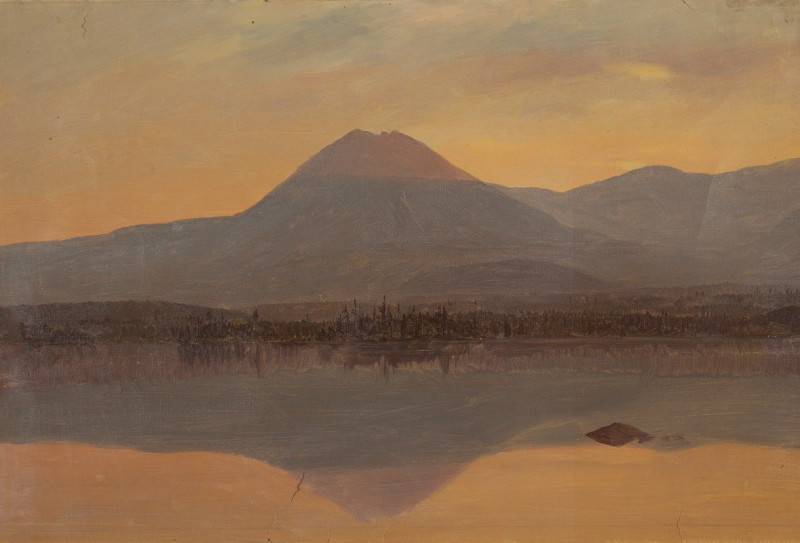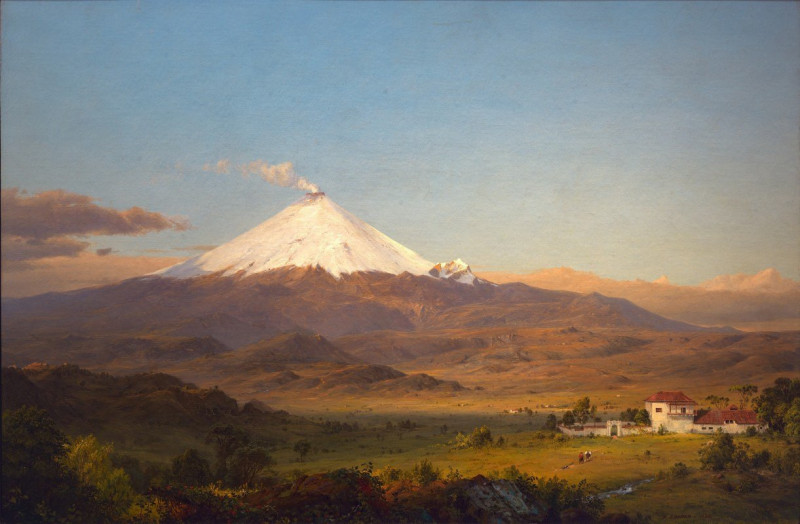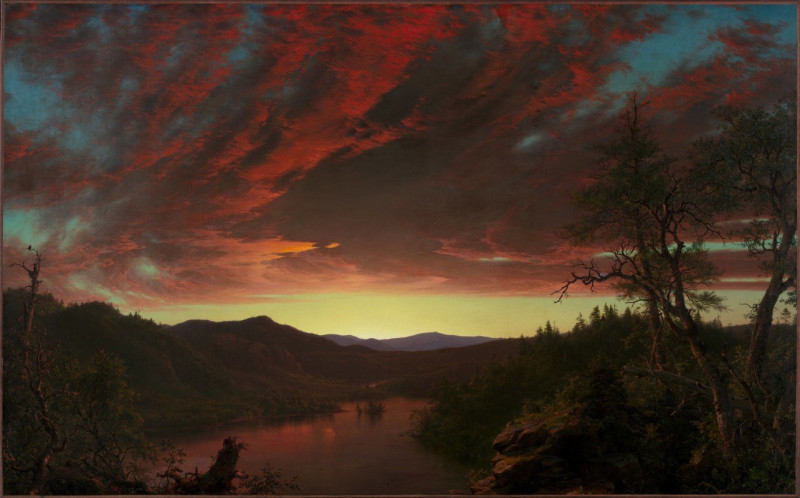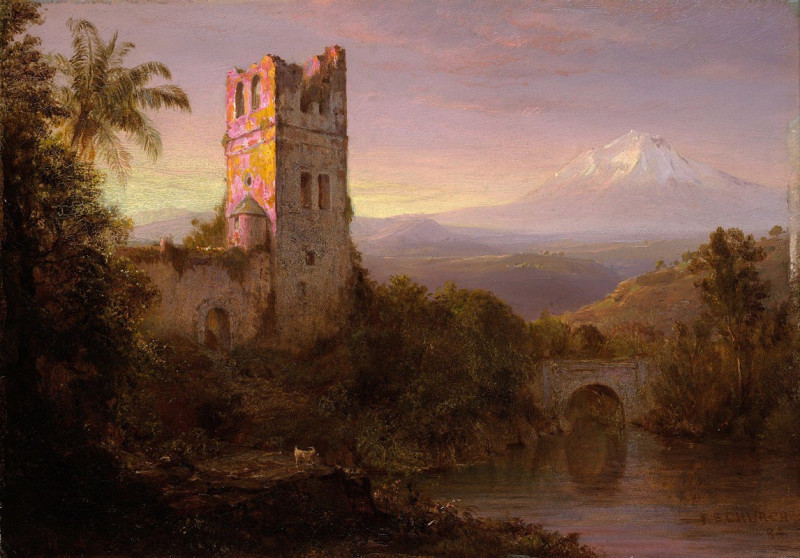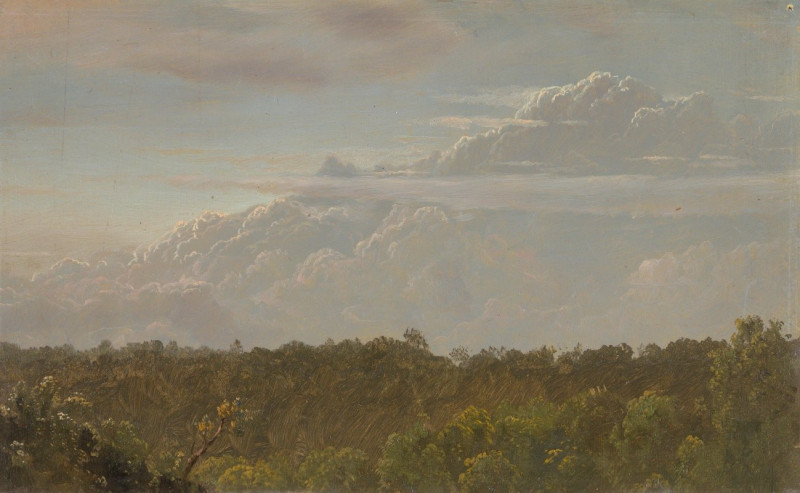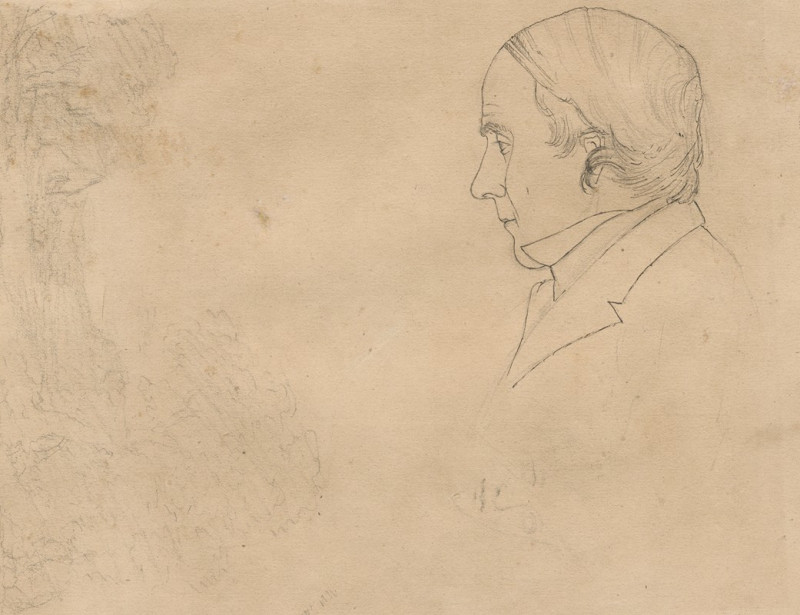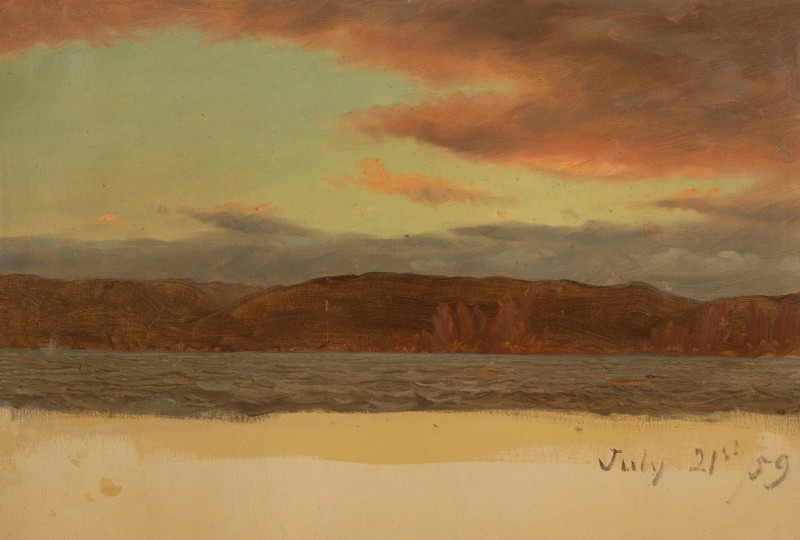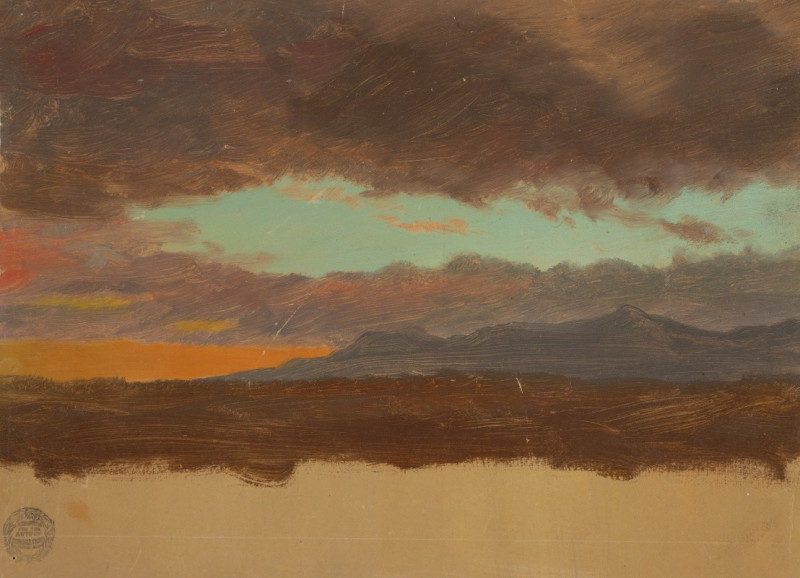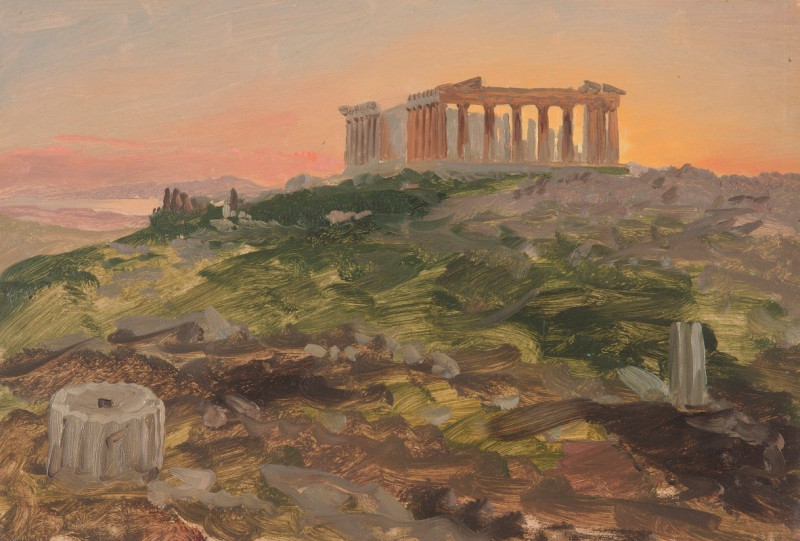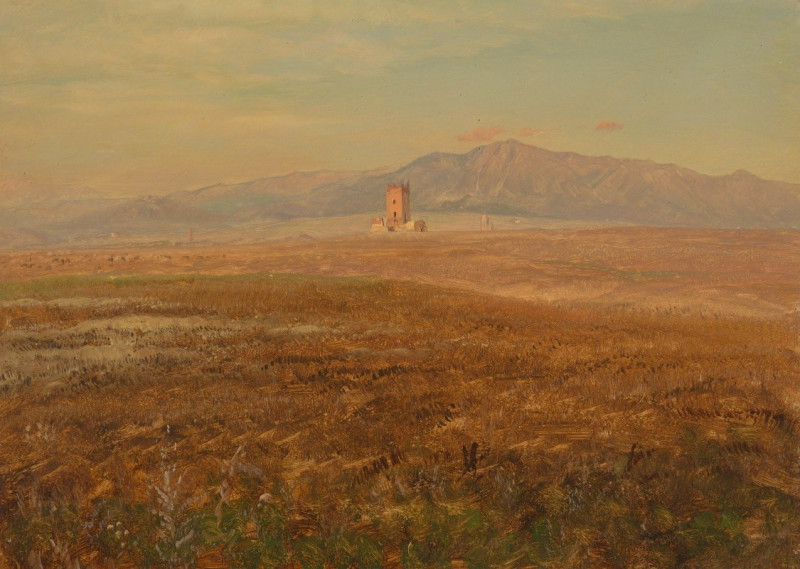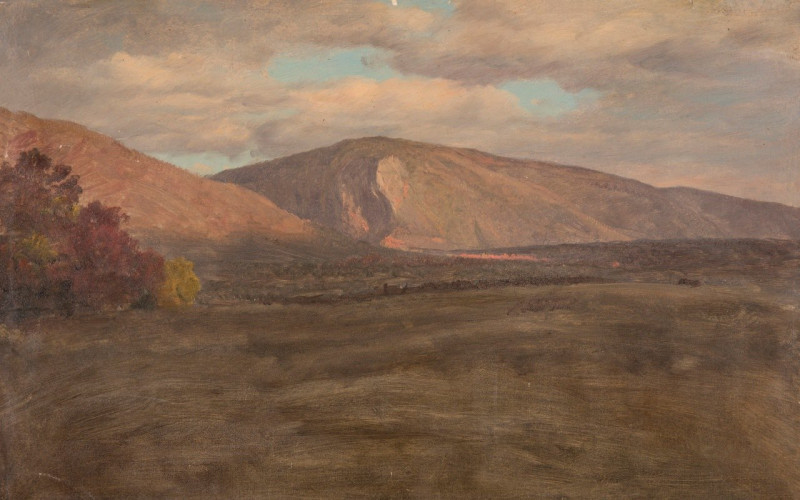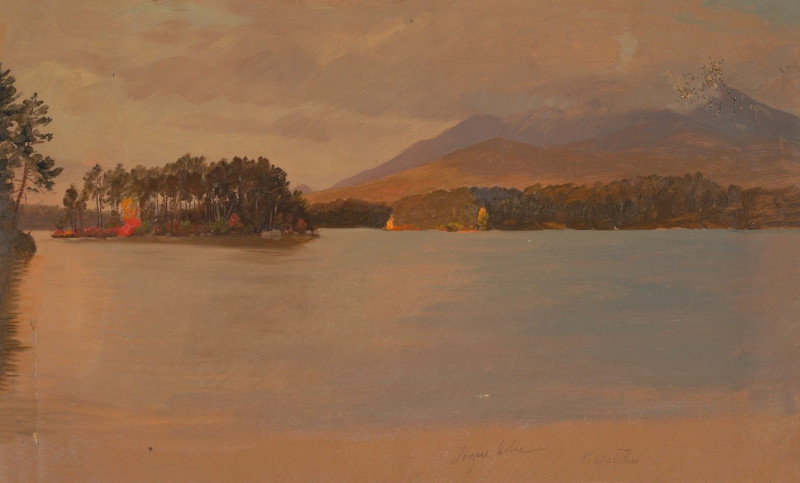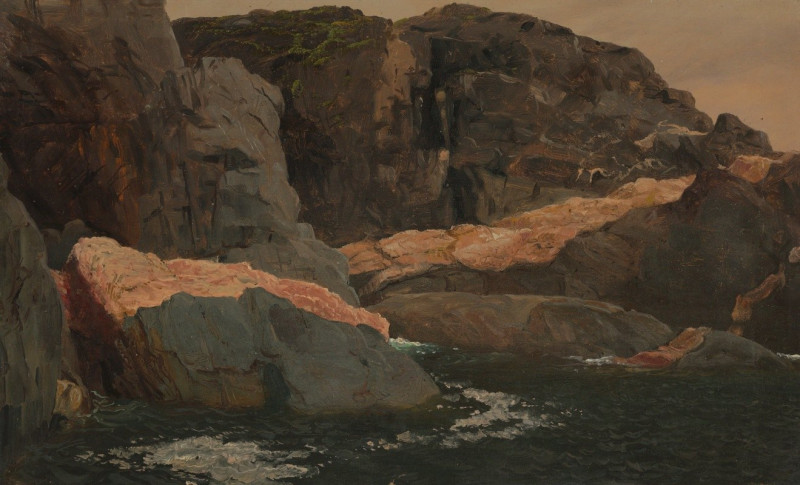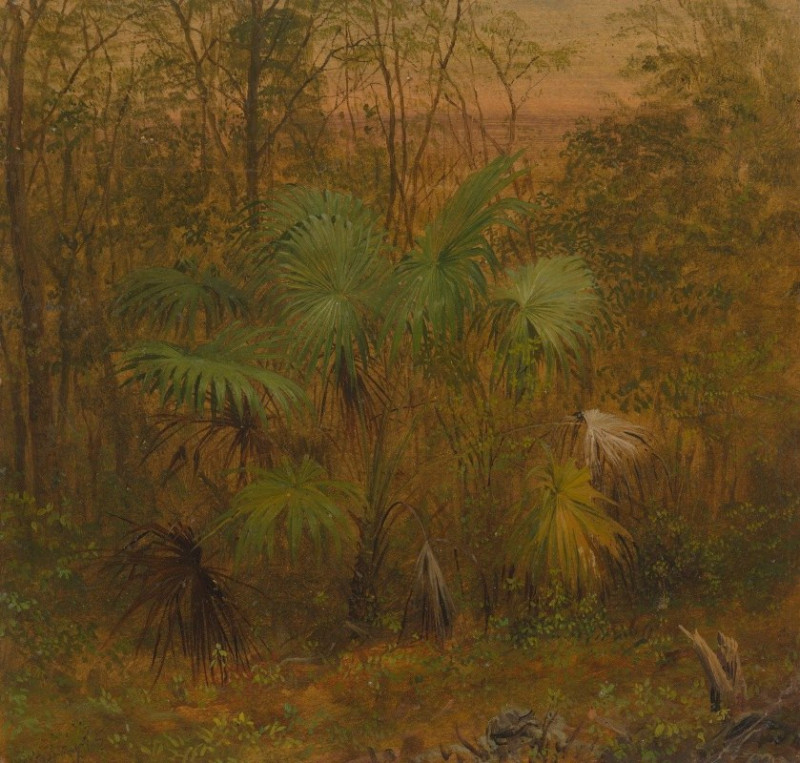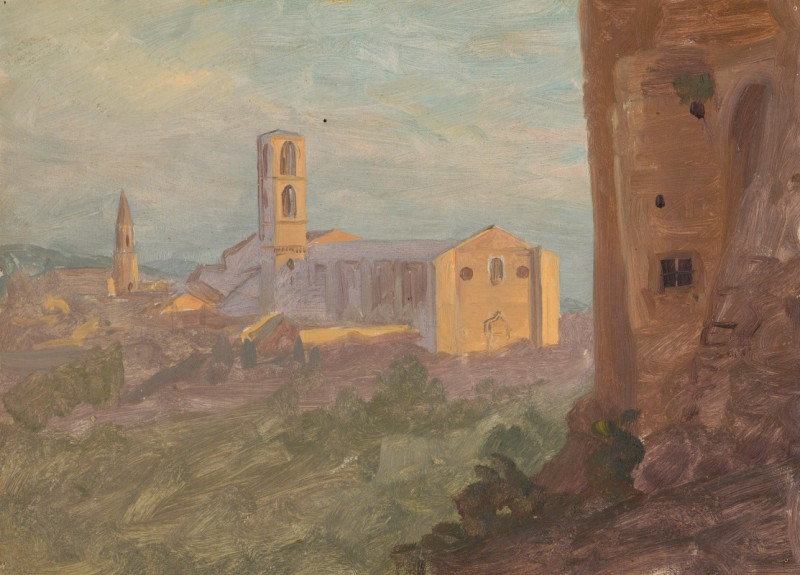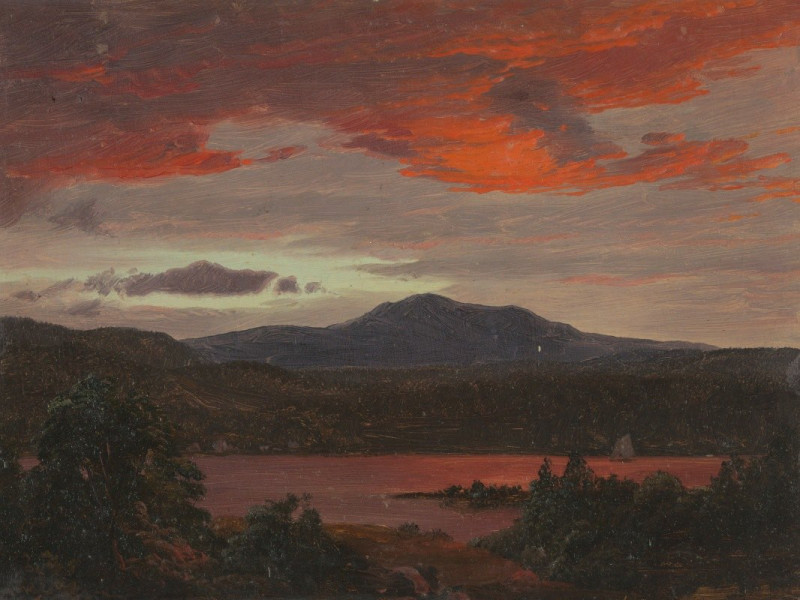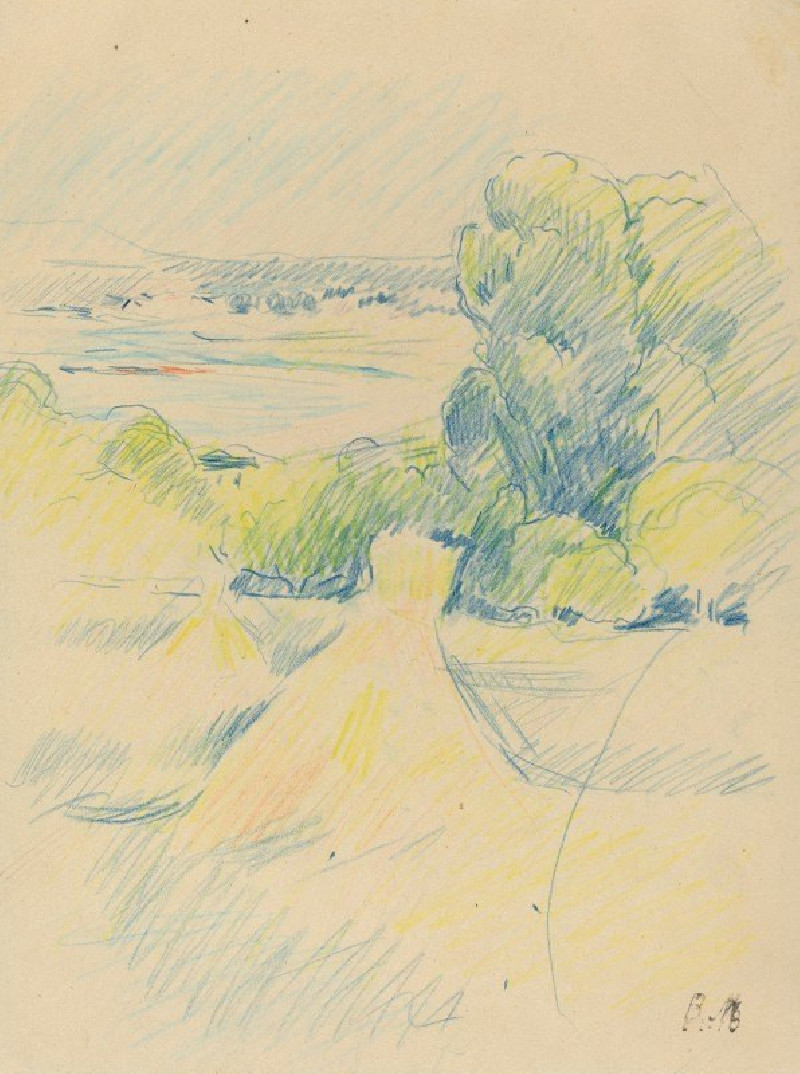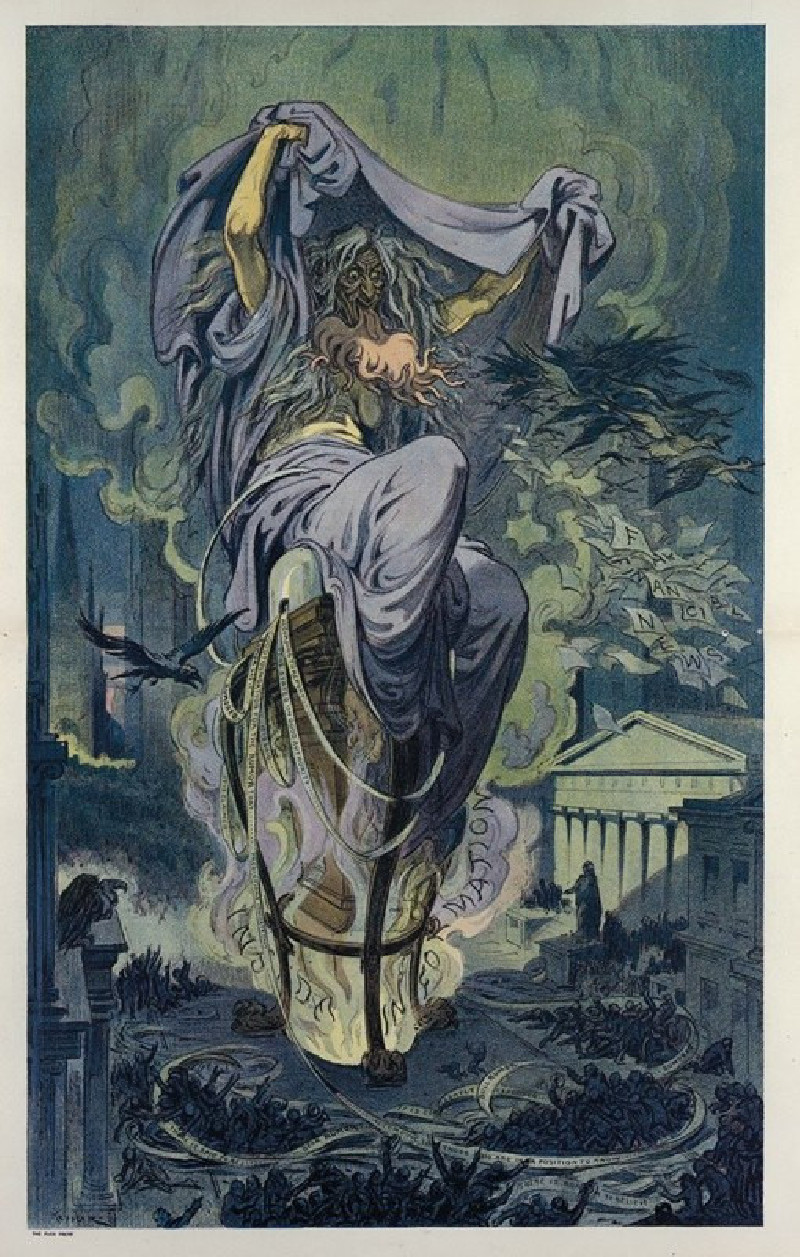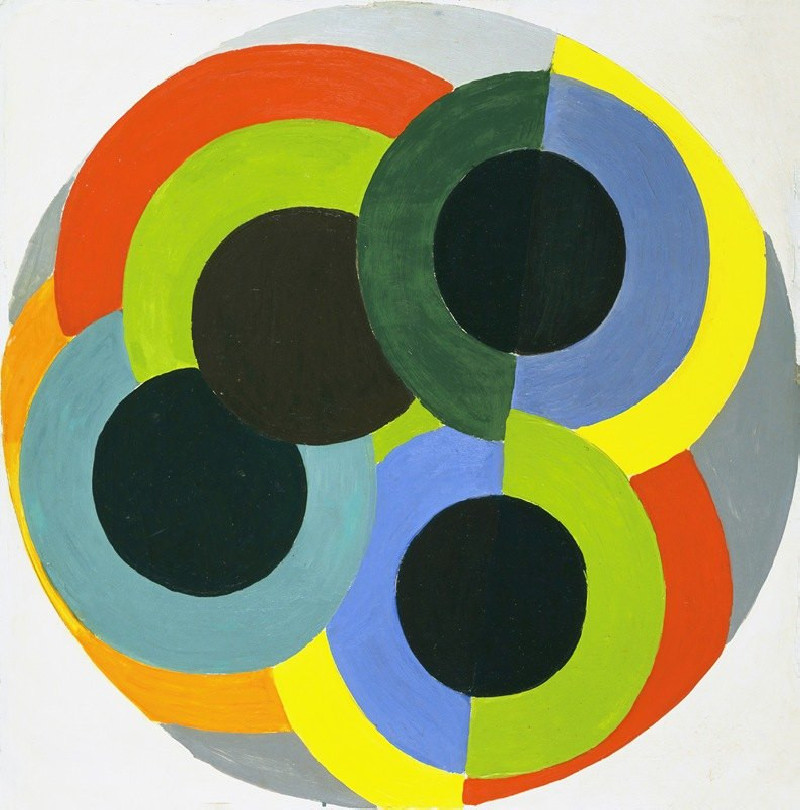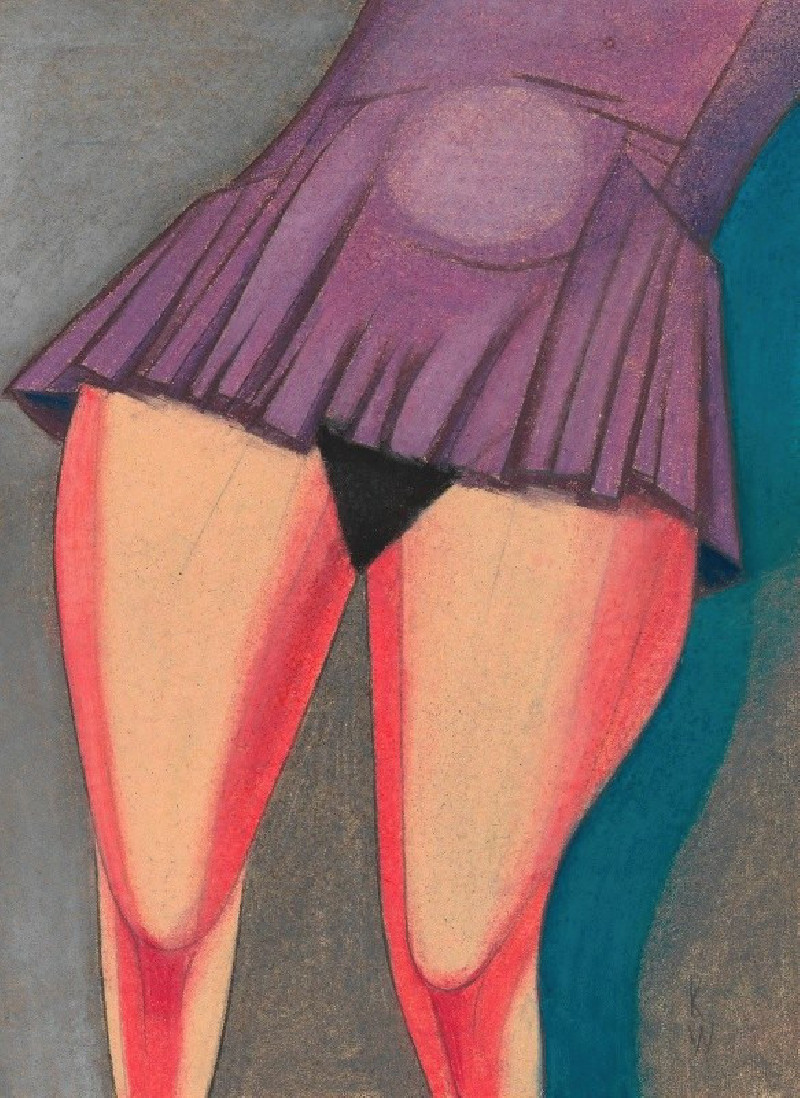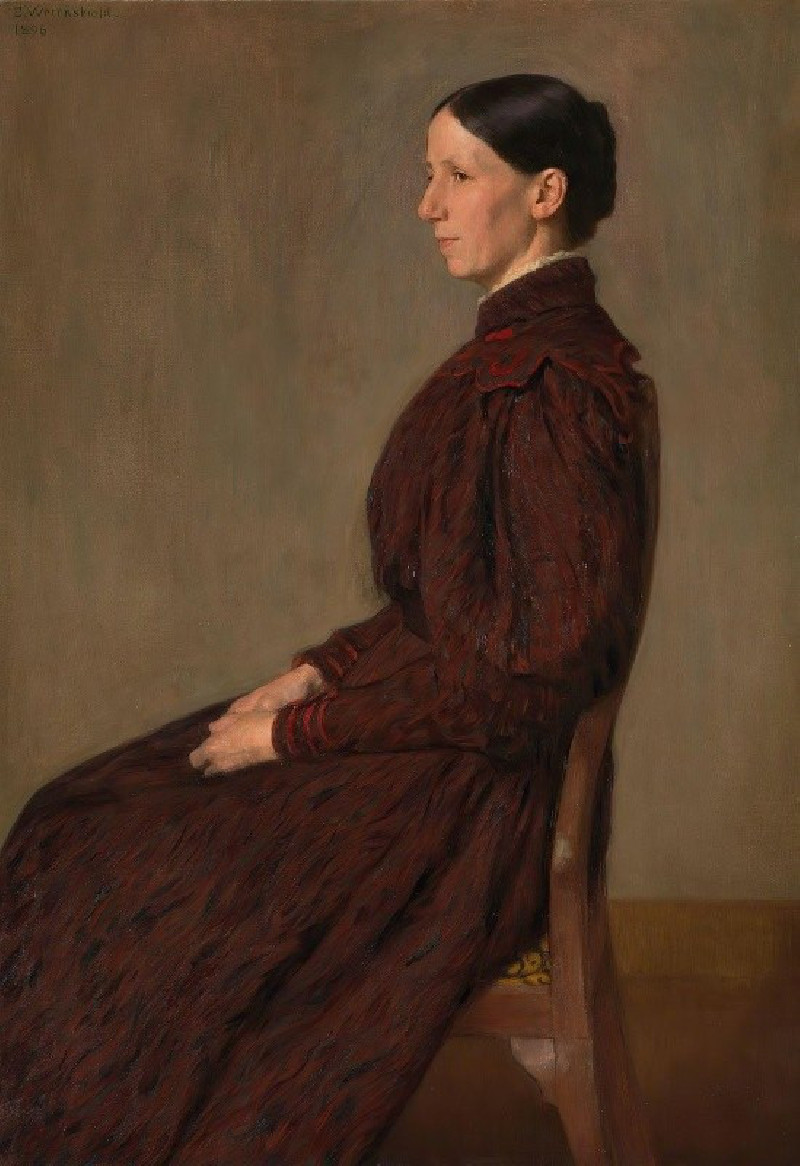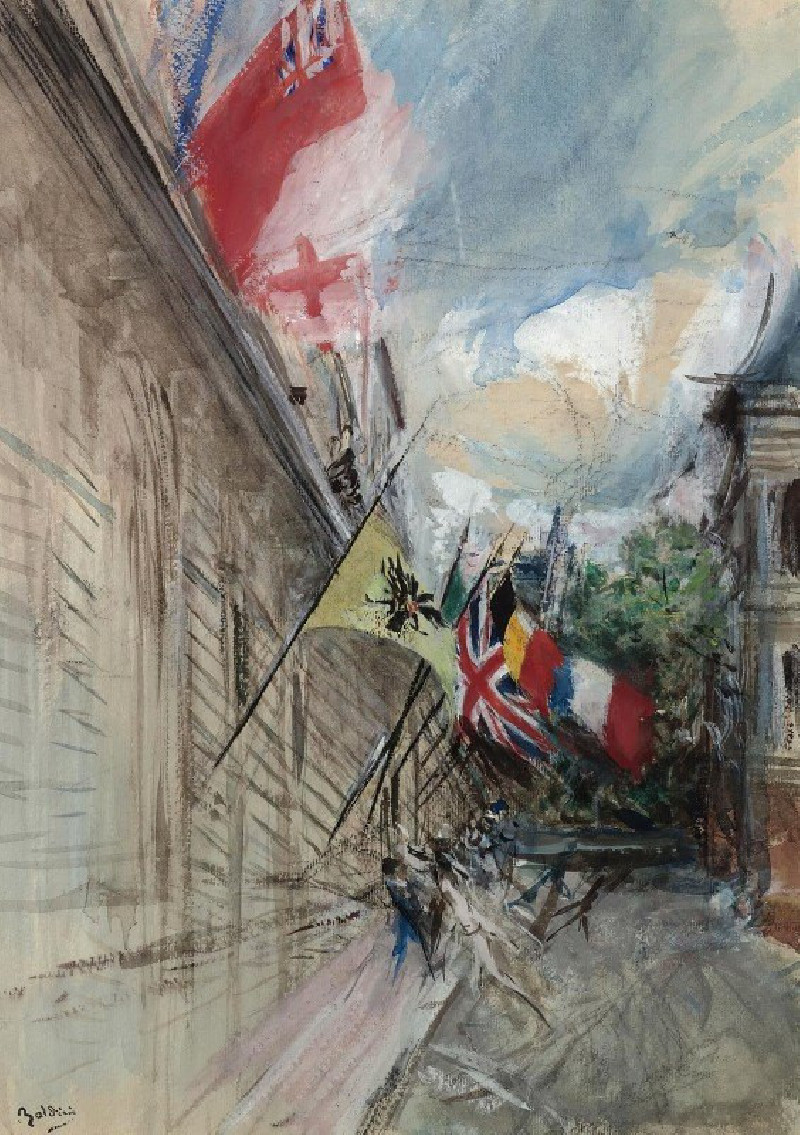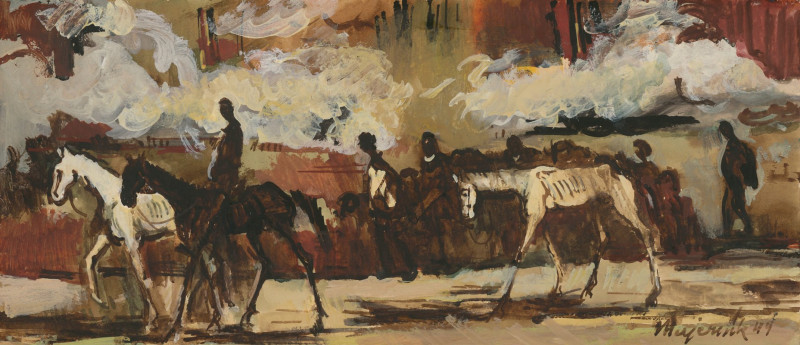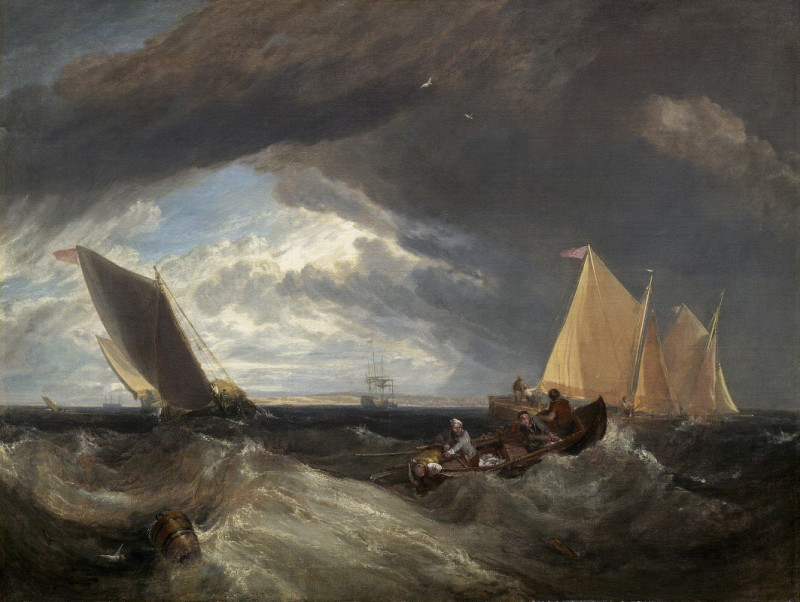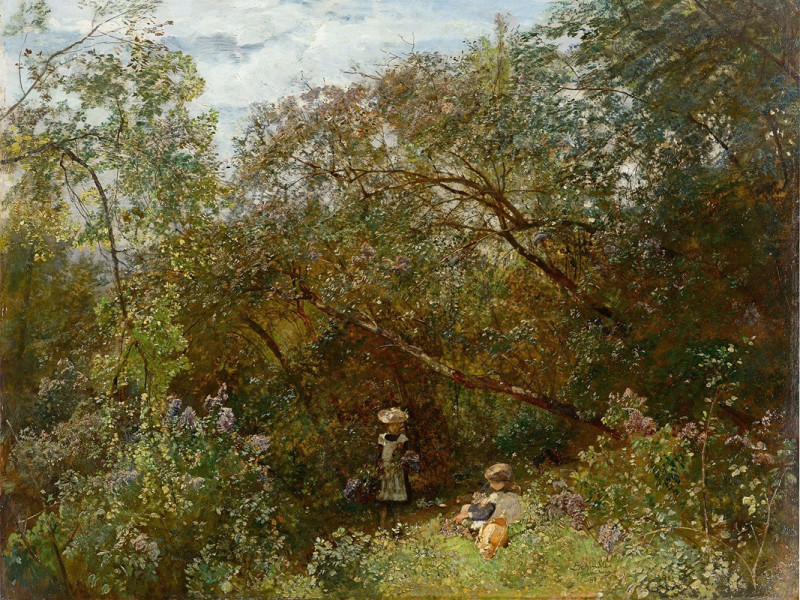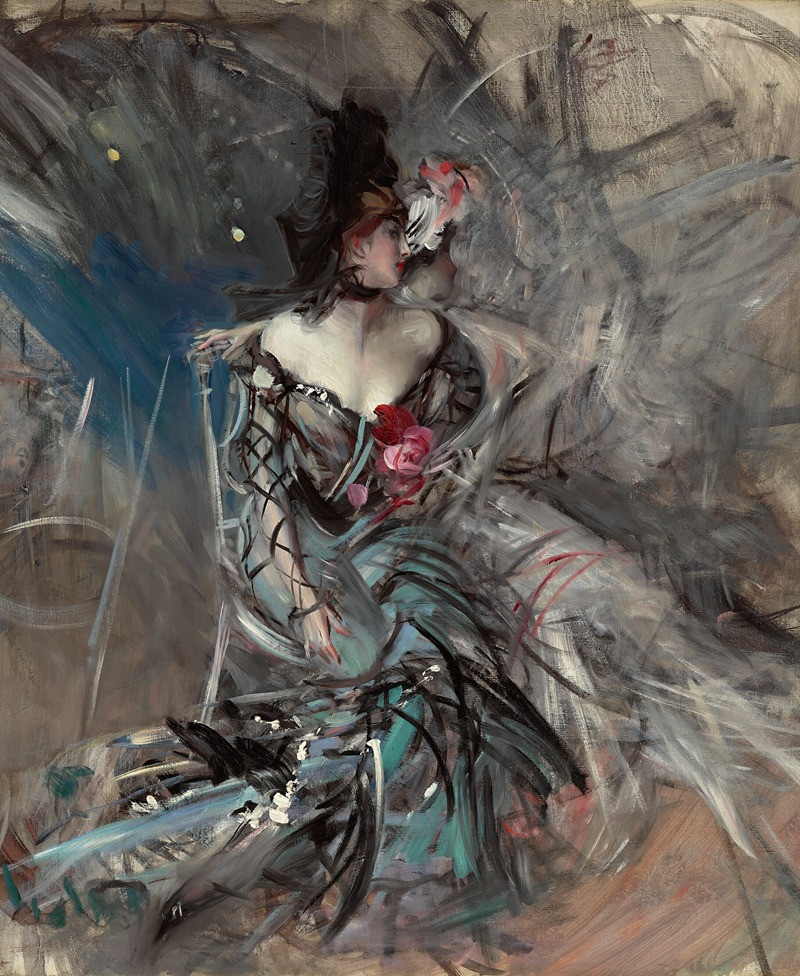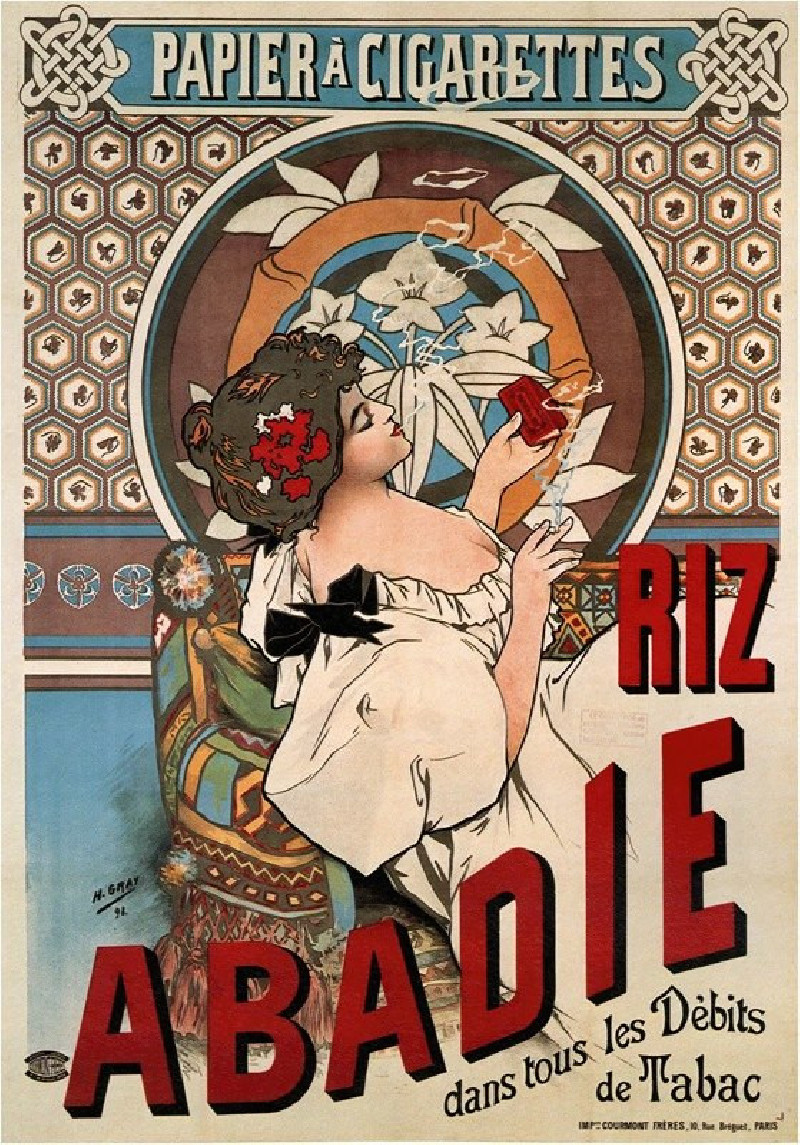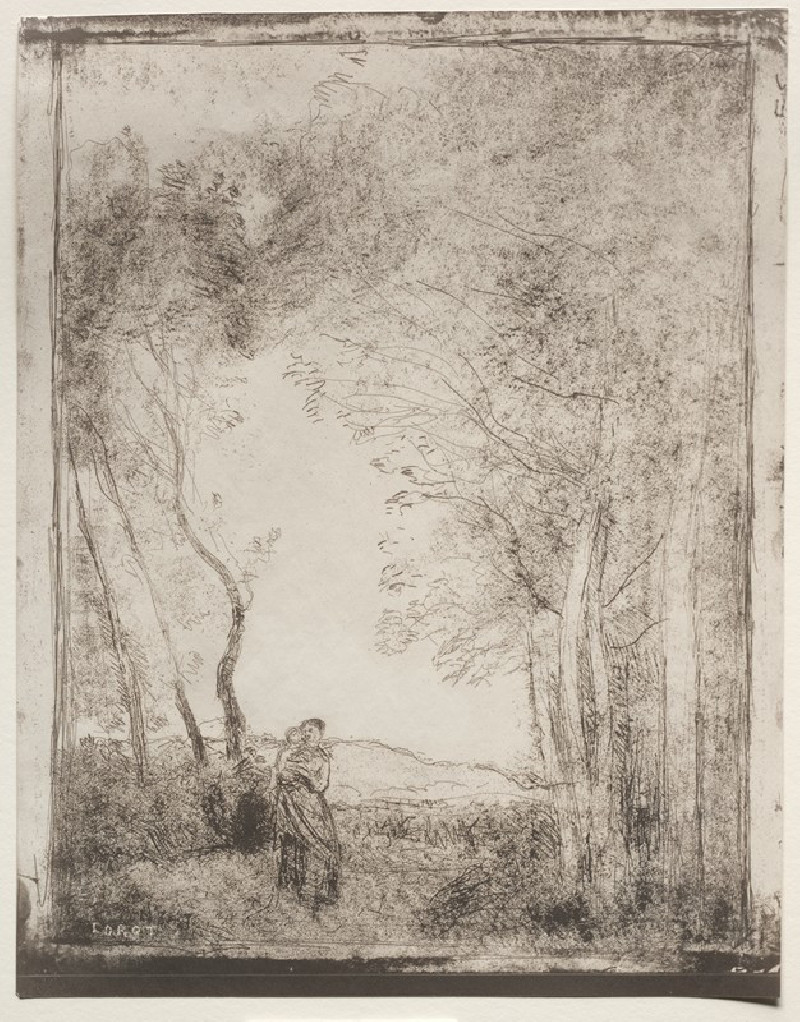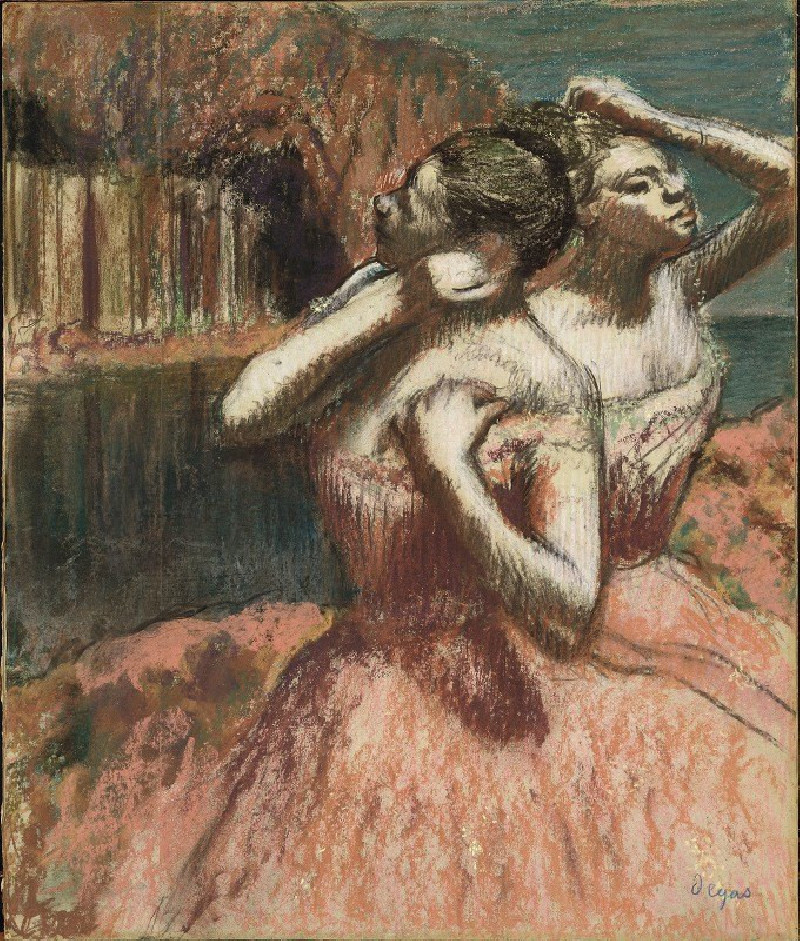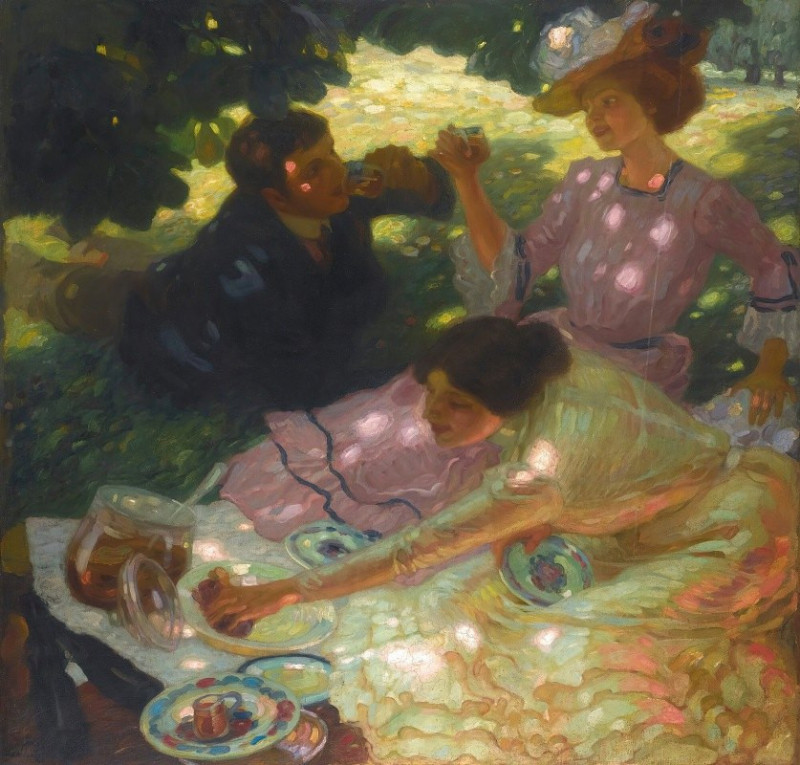Maine woods (1855–65)
Technique: Giclée quality print
Recommended by our customers
More about this artwork
Explore the tranquil beauty of the American wilderness as depicted by Frederic Edwin Church in his evocative painting, "Maine Woods" (1855–65). A master of the Hudson River School, Church captures the serene yet wild spirit of Maine's forest landscape in this exquisite piece. The viewer's eye is drawn into a dense thicket of tall trees, their rugged trunks standing as silent witnesses to the passage of time. The forest floor is lush with a carpet of vibrant green moss, accentuated by the soft play of light filtering through the leaves, highlighting the complex textures and rich earthiness innate to this secluded woodland scene. Fallen logs and the gentle decay of natural elements add to the scene's depth, creating a vivid tableau that invites contemplation and admiration.
Delivery
Returns
Frederic Edwin Church (May 4, 1826 – April 7, 1900) was an American landscape painter born in Hartford, Connecticut. He was a central figure in the Hudson River School of American landscape painters, best known for painting large landscapes, often depicting mountains, waterfalls, and sunsets. Church's paintings put an emphasis on realistic detail, dramatic light, and panoramic views. He debuted some of his major works in single-painting exhibitions to a paying and often enthralled audience in New York City. In his prime, he was one of the most famous painters in the United States.

